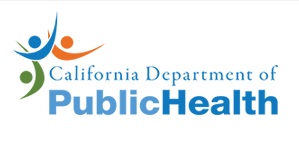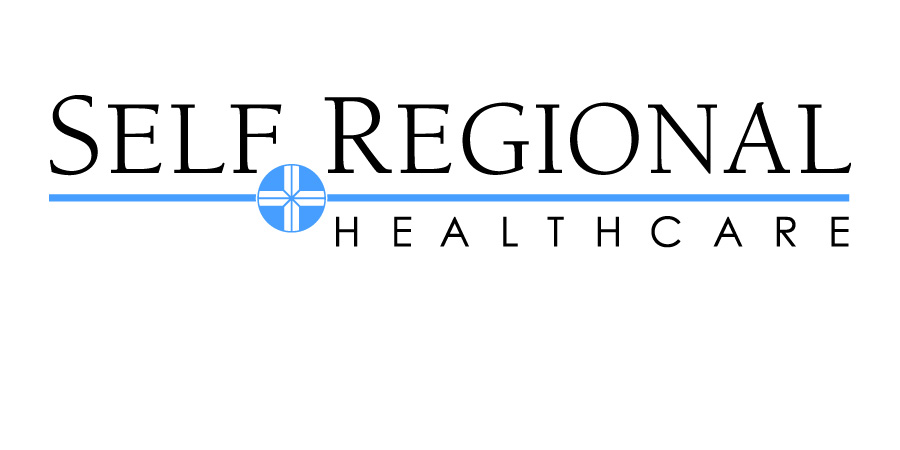Information
-
Audit Title
-
Client / Site
-
Conducted on
-
Prepared by
-
Location
-
OIC: NCOIC:
Program Assessment
-
Can personnel describe or demonstrate safety risk in the environment of care?<br>
-
Can personnel describe or demonstrate actions to eliminate, minimize, or report safety risks in the environment?
-
Are aLl areas in which patients or staff may walk must be kept free from slipping and tripping? Are corridors leading to or from exits, and emergency exits touted, as well as work areas are kept free and unobstructed from slipping or tripping hazards? ( I.e. no beds, wheelchairs, or carts stored in hallways and snow and ice removed)
-
Do all newcomers receive fire, safety, HAZCOM, training and job specific standards before starting to work and it's documented?
-
Are all Safety, EC policies and procedures up to date? Are they readily available to all personnel?
-
Can personnel describe or demonstrate their specific role(s) and responsibilities in preparing for building evacuation?
-
Can personnel describe or demonstrate location and proper use of equipment for evacuating or transporting patients to refuge?
-
Are annual fire drills documented in the individuals 6-sided folders? Post a copy of the fire drill evaluation in fire log book.
-
Are employees part of a continuing training program?
-
Are self inspections conducted monthly and documented? Are corrective actions initiated, work orders submitted where applicable, and a log kept?
-
Are defibrillators checked daily and documented?
-
Are pre-holiday or pre-season safety briefings conducted and documented?
-
Is there a monitoring procedure in place to ensure progress is being made in correcting deficiencies that are discovered during fire & safety inspections? (Safety and Fire)
-
Are accidents recorded by the section safety representatives and the appropriate report is prepared and forwarded to the Health Center Safety Manager in a timely manner?
-
Do NCOIC/Supervisor investigate accidents and take prompt and adequate corrective actions to prevent occurrence?
-
Do NCOIC/Supervisors ensure appropriate accident report forms completed and sent to the Health Center safety office?
Emergency Eyewash Stations and Showers
-
Are adequate eye wash stations where needed (i.e. X-ray and Lab)?
-
Are emergency eyewash stations and showers tested weekly and documented? (Let water run 5 minutes). Room number for eyewash stations: We're they all checked by safety?
-
Are emergency eyewash stations clean with eye cap protectors installed?
-
Are eyewash stations and/or showers unobstructed with items? (i.e. boxes, equipment, etc.)
Oxygen Tanks and Compressed Gases
-
Are "No Smoking" and "No Smoking Oxygen Tanks In Use" signs posted where needed?
-
Are Oxygen cylinders are stored separately from flammable and combustible material, are secured in an approved fire resistant room, or flammable cabinet? Storage room doors latch shut when closed? (Maximum one cylinder use and reserve per patient room) (Safety and Fire)
-
Are oxygen tanks stored separately from flammable gases?
-
Are "Do Not Oil" signs posted on oxygen tanks?<br>
-
Are compressed gas cylinders properly labeled and secured to prevent falling? Are the caps on when regulator is not in place?
Radiology
-
Do all switches and operating devices outside X-ray rooms operable?
-
Are lead aprons inspected and documented?
-
Are radiation and pregnancy warning triangle posted in X-ray rooms?
Personal Protective Equipment (PPE)
-
Is suitable PPE available and worn?
-
Is PPE available, properly maintained and used as required (gloves, goggles, aprons, mask)?
Sterilizers
-
Is the steam always shut off before opening any sterilizer?
Additional Safety Related Topics
-
Is the temperature of hot water for the hot water bags and baths tested with a thermometer?
-
Are there other structural safety hazards existing?
-
Are there tripping hazards existing?
-
Are hazards identified and corrective actions taken and documented?
-
Are delinquent safety, fire, or HAZCOM work orders prioritized and followed up?
-
Are drug cabinets and distinctive bottles labeled?
-
Are poisons stored in locked containers with antidote information?
-
Are safety related supply items requisitioned when needed?
-
Are emergency phone numbers and the bomb threat checklists displayed by all phones?
-
Are storage rooms organized with heavier items on lower shelves?
-
Are rooms used for storage are fire protected? Do doors latch shut when closed? (Fire)
-
Are Items stored with 18 inches of clearance between sprinklers and stored materials? (a plane of 18" across the room) (Fire)
-
Are curtains changed out every six months? (Health)
-
Are personnel aware that emergency numbers are on their Emergency INFO Card?
-
Are private carpets forbidden in healthcare facilities unless they are of a Class A (flame resistant) fire rating? (Fire)
Flammable and Combustible Liquids
-
Are liquid chemicals stored below eye level in all sections?
-
Are Rooms used for storage of flammable liquids or combustible materials are either protected with a sprinkler system or with one-hours fire-resistive construction? Doors close automatically and latch shut.
-
Are acids, flammables, and explosive liquids stored in approved safety cabinets?
Electrical Safety
-
Are electrical outlets in good condition?
-
Are authorized surge protectors only used?
-
Are fuse boxes appropriately labeled where applicable?
-
Are electrical extension cords or devices must be safety/surge protected? <br>Electrical space heaters are not allowed (no exceptions). (Safety and Fire)
-
If approved transformers used are they place on an approved surface? (Not to be placed on metal surfaces)
-
Are equipment and tools in safe condition, and power cords are not worn, frayed, or abraded?
Hazardous Materials
-
Are personnel HAZCOM trained?
-
Are Material Safety Data Sheets (MSDS) for hazardous chemicals readily available?
-
Is personal protective equipment available and used when handling hazardous materials?
-
Is there a log of MSDS maintained IAW hazard communication standards and posted as applicable?
-
Are hazardous material containers properly labeled?
-
Are all applicable hazardous materials in secondary containers?
-
Are spill-response kits available and placed in appropriate sections, filled when needed?
-
Are hazardous materials and cleaning agents stored properly? (i.e. away from patients, children, and visitors)
SHARP Containers
-
Are SHARP containers affixed to the wall and emptied when 3/4 full?
Laboratory
-
Are laboratory rooms locked at all times when not in use?
Fire Prevention
-
Are utility and fire alarm systems freely accessible, and monthly fire extinguisher inspections conducted and recorded on inspection tag. ( e.g. Gauge is in the Green, pull-pin seal not broken, no obvious damage & hung on wall)
-
Are stairwells kept clear of trash, supplies, furniture, and bicycles? Nothing is to be stored in the stairwells. Ensure floor mats are not used to prop open the exit doors. (Fire)
-
Are all exits well maintained and exit doors function properly? Must latch shut! (Fire)<br>Check all individual room doors to ensure they also latch.
-
Are emergency exit signs functioning properly and not blocked from view? If light is not lit, call in a work request (Maintenance Contractor Tests the batteries) (Fire).
-
Are all pathways to and from each exit well illuminated? (Safety and Fire)
-
Are keys for unlocking patient bathrooms and toilets readily available in case of an emergency?
-
Are there any broken or water damaged ceiling tiles? Water damaged ceiling tiles harbor bacteria. If "YES", call in a work order to have them replaced. (486-8417) (Health)
Medical Equipment
-
Can medical equipment users describe or demonstrate capabilities, limitations, and special applications of equipment?
-
Can users of medical equipment describe or demonstrate operating and safety procedures for equipment use?
-
Can users of medical equipment describe or demonstrate emergency procedures in event of equipment failure?
-
Can users of medical equipment describe or demonstrate procedures or reporting equipment management problems, failures, and user errors?
-
Can personnel describe the purpose of the DD Form 2163 (Calibration of Medical Equipment)?
-
Do personnel routinely check the DD Form 2163 for expiration dates?
-
Are user's manuals for equipment readily available and complete?
-
Are nurse call alarms tested monthly, to include bathrooms? Must be able to see the visual alarm and hear the audible alarm. Additionally, if you have security alarms on any doors, they too must be tested monthly. (Fire and Safety)<br>Location(s) of Nurse Call Device(s): <br>Primary Location(s) where alarm sounds:
-
Are grab bars/hand rails and nurse call buttons provided in patient bathrooms and toilets?
Utility Systems
-
Can utility system users describe or demonstrate utility system capabilities, limitations, and special applications?
-
Can utility system users describe or demonstrate emergency procedures in the event of a system failure?
-
Can utility system users describe or demonstrate emergency procedures for reporting utility systems management problems, failures, and user errors?
-
Can utility system users describe the location and use of emergency shut-off controls?
-
Can utility users describe who to contact in the event of an emergency?
-
Mr. Jason Shannon - USAHC-V Safety and Occupational Health Manager











